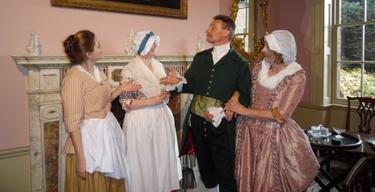
Georgian Derbyshire
There are so many reasons to visit Derbyshire and if you enjoy the Georgian period then there are many places that showcase architecture, stories and events from that time
The Georgian era spans the years from 1714 to 1837, covering the reigns of George I, II, III and IV, as well as that of William IV. It was an era of great social, political and cultural changes. Derbyshire in the Georgian Era was a place of wonder, of surprises and innovations – a place which attracted the attention of the rich and provided better homes for workers. In the valley of the River Derwent, water was put to work to power the world’s first factories. Further north, the stark, beautiful landscapes of the Peak District and health-giving waters brought the county’s first tourists to Buxton and Matlock Bath.
All across Derbyshire there are many stories from Georgian times that are showcased throughout the year. Explore below to discover places to visit all year round or visit the “What’s On” page and use ‘Georgian’ in the keywords search to see what special events are coming up.
The Derwent Valley Mills World Heritage Site
Did you know that Derbyshire is home to the only UNESCO World Heritage Site in the East Midlands?
Amid breath taking Derbyshire countryside the Derwent Valley Mills World Heritage Site follows the River Derwent from Matlock Bath in the north, to the city of Derby in the south. It includes a series of historic mill complexes, river weirs, villages and rail and canal ways – providing a fascinating insight into life at the time of the Industrial Revolution much of which originated in the Georgian Period.
Cromford Mills
Explore the history of Cromford Mills and discover the captivating story of how the Derwent Valley changed the world in the 18th Century with the growth of the British cotton industry. During the Georgian period Richard Arkwright built a mill at Cromford starting mass production on a previously unseen scale. This is where working to the clock, night shifts, continual production and the factory system all began. Machines used in the Georgian period are displayed in the visitor centre to begin your Georgian exploration of cotton spinning, factory production and the impact on lives here and around the world.
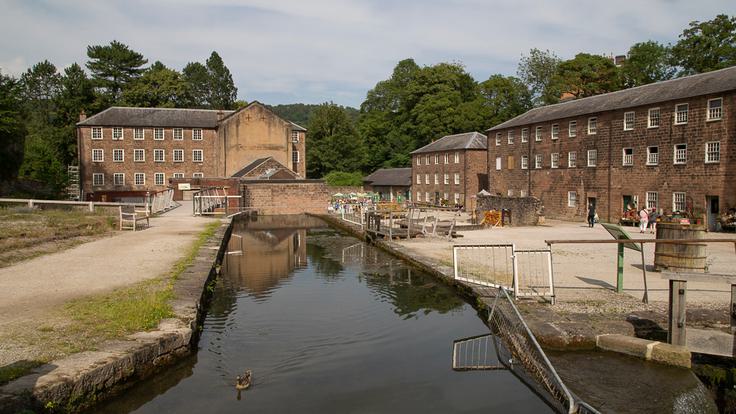
Masson Mills
From the Georgian period until the 1990s Masson Mills was in constant production. You can explore the workrooms and machinery that developed over that time during a visit to the Weaving Shed, Doubling Room, Victorian Workshop & Bobbin Room all within Sir Richard Arkwright’s 1783 cotton spinning mill. Water has been the main source of power on this site for nearly 300 years from a paper mill, through Arkwright’s water wheels to the current hydro generation powering the building today.
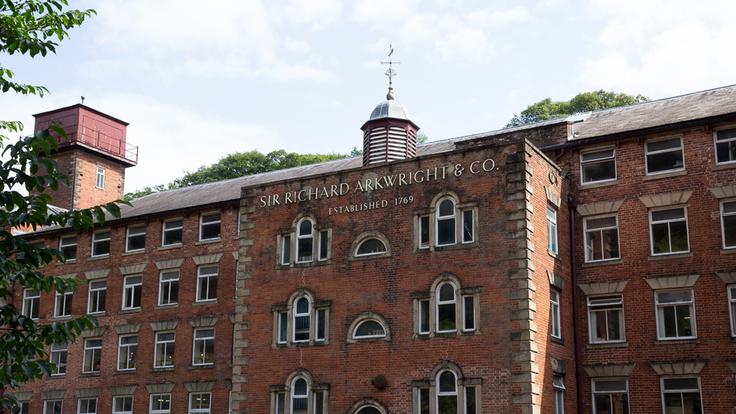
Birdswood Trip Boat on the Cromford Canal
Birdswood is the historical narrow boat belonging to The Friends of Cromford Canal. In the Georgian Period a canal was built connecting Cromford with the national network. A trip of Birdswood allows you to experience what life might have been like living and working on these waterways. Birdswood runs scheduled trips throughout the year. Our exclusive charters make a personal venue for your private function. Come and enjoy a peaceful journey along the Cromford Canal and get up close to the fabulous wildlife and take in the amazing scenery.
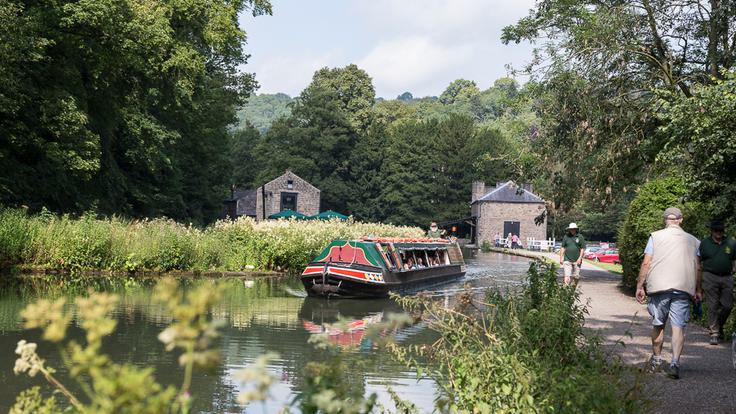
High Peak Junction
Towards the end of the Georgian period railways arrived and transformed how people and goods moved around the country. At High Peak Junction Workshops you can discover how the engines were cared for and serviced and how goods were taken up the incline across the Derbyshire Peaks. Here you can step back in time with the fascinating audio tour for a small fee of £2, where you will discover the history of Cromford Canal and the Cromford and High Peak Railway. You can also visit the old Railway Workshops for free. A canal aqueduct over the River Derwent and the magnificent Leawood Pump House are just a few minutes walk away.
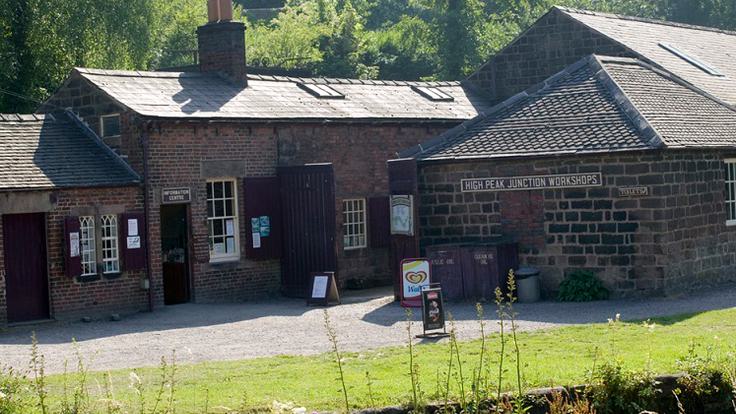
Leawood Pumphouse
This steam-powered beam engine operates on some summer weekends and bank holidays. A number of waymarked walks start from High Peak Junction. Find out more
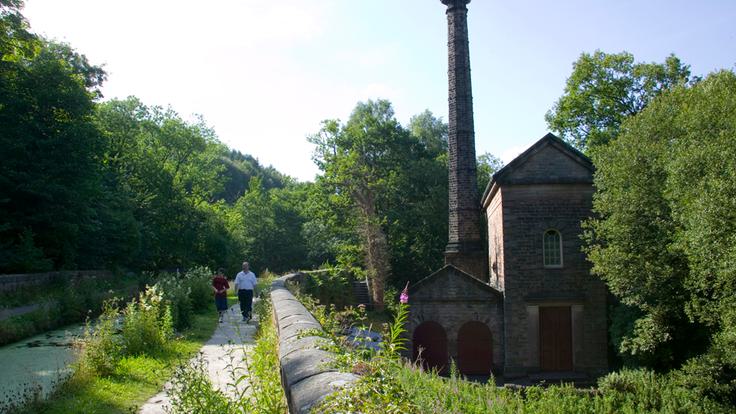
Belper North Mill Trust
The mills at Belper and the weirs and waterways developed to power them were all from the Georgian era. Guided walks now provide a chance to discover what Belper was like during these times including what the Strutt Nightwatchmen had to deal with from the locals including noisy drunks and crafty poachers. Belper North Mill Trust offer a wide range of heritage walks around Belper and 'A Strutt Around the Mills' from Easter to October explore how industrial pioneer Jedediah Strutt built one of the world’s first water-powered cotton spinning mills here in 1776. Strutt’s North Mill was rebuilt in 1803 using the world’s first fireproof iron frame, the template for modern high-rise engineering.
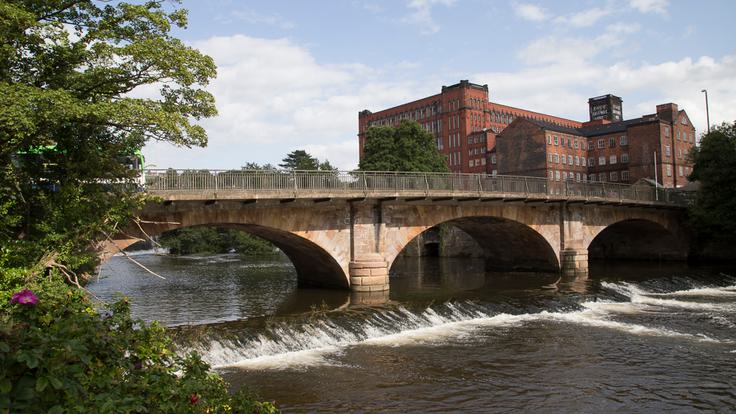
Derby Museums
Derby Silk Mill -Museum of Making - It’s over 300 years since a ground-breaking factory building was built by the River Derwent to process silk beginning Derby’s long history of making and creating. The Museum of Making is a contemporary space using Derby’s history to inspire new creativity and innovation.
Pickford’s House Museum - This is a museum of Georgian life and historic costume built in 1769 - 70, displaying period room settings and costume exhibitions.
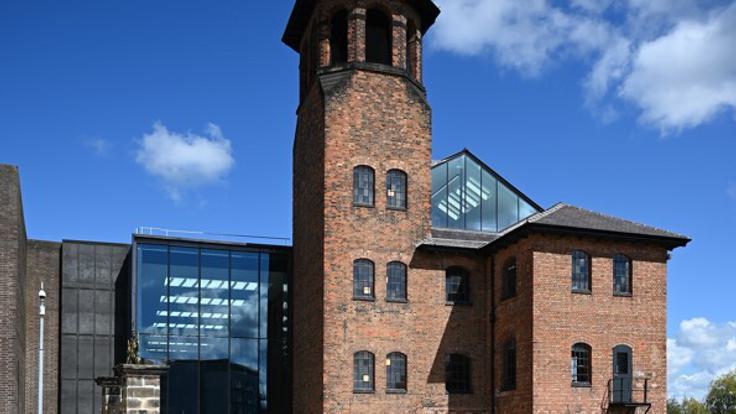
John Smedley Ltd
Since Georgian times this textile factory has been in constant use and today provides some of the most iconic knitted garments produced in the UK. Tours of the Lea Mills factory can be pre-booked and the factory shop offers a chance to purchase a piece of textile history!

Georgian heritage across Derbyshire
Buxton Crescent Experience
Set in nine intimate rooms at The Buxton Crescent, this engaging visitor experience tells the stories of Buxton, The Crescent, its famous water and the many people who came to seek its cure. An all-weather boutique attraction, it offers a taste of the Buxton story, and provides an ideal starting point for anyone visiting or learning about the town.
We also welcome you to Buxton’s Visitor Centre at the Grade II-listed Pump Room, providing you with information on great places to visit and experiences to enjoy in our town, the beautiful Peak District National Park and High Peak.
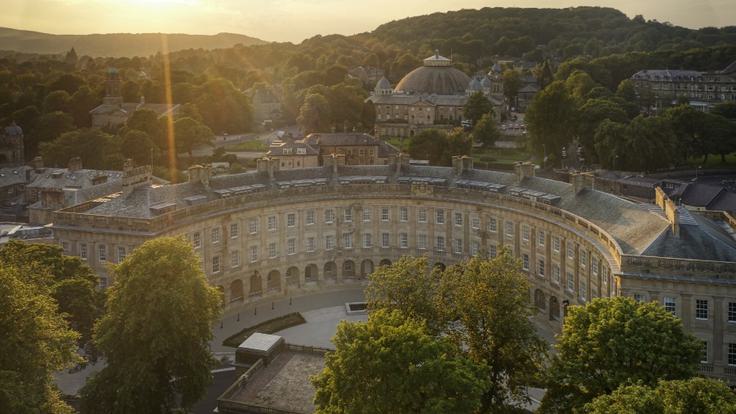
Bakewell Old House Museum
You can immerse yourself in the stories of Bakewell and this part of the Peak District at our award-winning museum. Based in a Tudor building, explore the stories of the inhabitants and owners ranging from Christopher Plant, the Tudor tithe collector, Sir Richard Arkwright who housed his mill workers here, and the Pitt family who lived in one of the cottages in Victorian times.
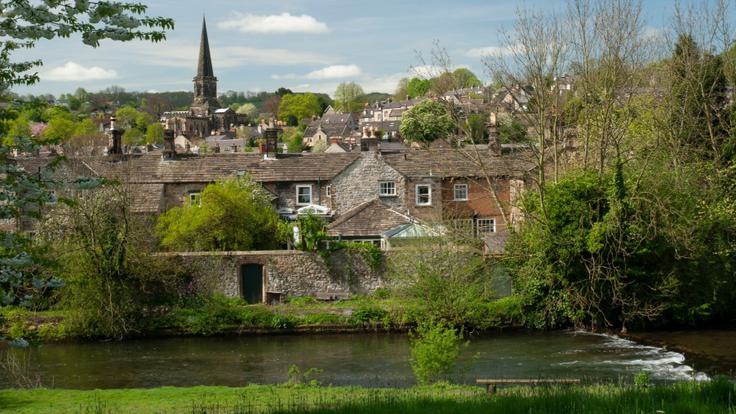
Chatsworth
Chatsworth, home to the Devonshire family, is set in the heart of the Peak District in Derbyshire, on the banks of the river Derwent. Home of the Cavendish family since the 1550s, it has evolved through the centuries to reflect the tastes, passions and interests of succeeding generations.
Chatsworth House has over 30 rooms to explore, from the magnificent Painted Hall, to the family-used chapel, regal State Rooms and beautiful Sculpture Gallery. Chatsworth also houses the Devonshire Collections, one of Europe's most significant art collections, which is continually added to, encompassing Old Masters to contemporary ceramics and artefacts from Ancient Egypt to cutting edge modern sculpture.
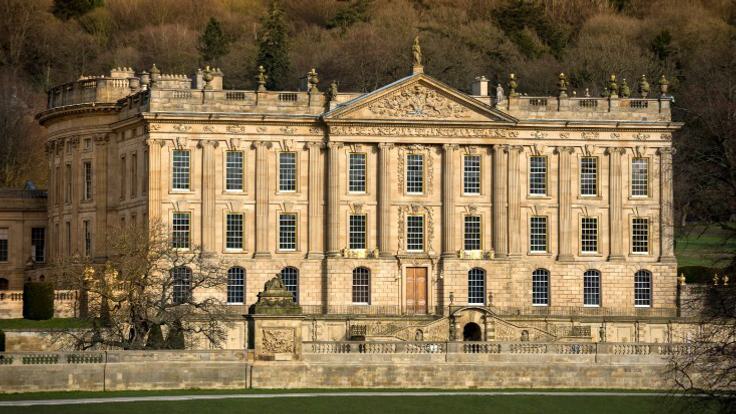
Derby Cathedral
Dating back to the 10th century Derby Cathedral was transformed in the Georgian period reflecting Derby’s new role as a successful industrial town at the forefront of Georgian innovation. A Georgian oddity was a rope zipline from the Cathedral tower to the buildings around it which performers flew down to entertain the crowds on one occasion they even sent a donkey down the wire!
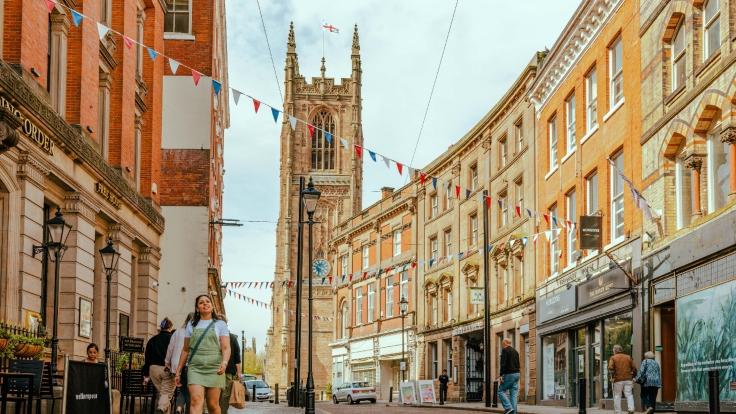
What's On
Events
Cromford Steam Rally
Derbyshire’s premier steam heritage and vintage rally, showcasing the very best in steam, transport and leisure industries
Events
Artist & Artisan Fair
25 local fine artists and makers exhibiting for three days at Masson Mills, Matlock Bath
Sign up to our newsletter
Receive the latest news, special offers, ideas and inspiration straight to your inbox by signing up to the Visit Peak District & Derbyshire e-newsletter.


